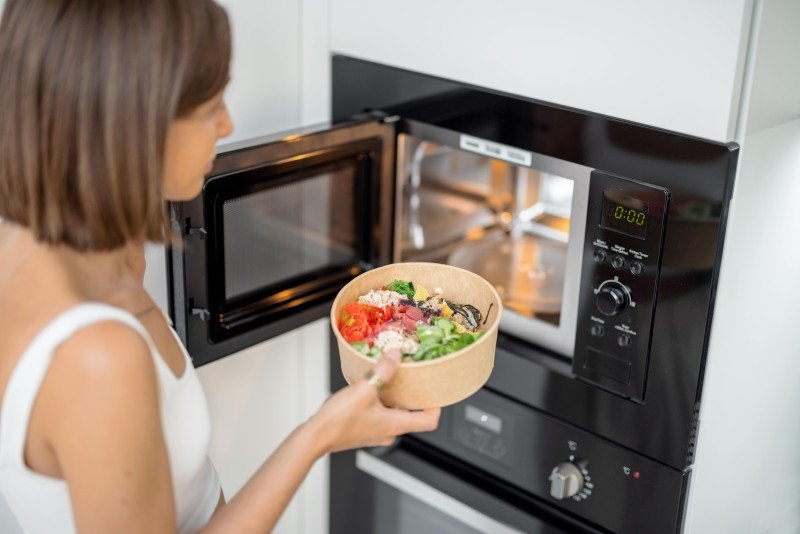10 Tell-Tale Symptoms You Need To Get A New Hobs And Ovens
Understanding Hobs and Ovens: A Comprehensive Guide for Cooking Enthusiasts
The kitchen is typically considered as the heart of the home, where cooking productions come to life. Two essential parts of any kitchen are the hob and the oven. While they are both vital for cooking and cooking, many property owners may not completely understand the distinctions, performances, and various types available in the market today. In this short article, we will check out these home appliances in detail, helping you make informed choices for your culinary needs.
Tabulation
- What is a Hob?
- 1.1 Types of Hobs
- 1.2 Benefits of Different Hob Types
- What is an Oven?
- 2.1 Types of Ovens
- 2.2 Benefits of Different Oven Types
- Picking the Right Hob and Oven for Your Kitchen
- Often Asked Questions (FAQs)
- Conclusion
What is a Hob?
A hob, typically called a cooktop, is a cooking surface that you position pots and pans on to prepare food. Ovens And Hobs includes a range of heating components and is regularly installed on countertops. In modern kitchens, hobs can be found in different designs, innovations, and performances.
1.1 Types of Hobs
There are numerous types of hobs readily available in the market:
Type
Description
Gas Hob
Uses burner for cooking, providing precise temperature level control.
Electric Hob
Operates utilizing electrical heating components, frequently seen in strong or glowing forms.
Induction Hob
Utilizes electromagnetic fields to heat pots and pans directly, promoting energy effectiveness.
Ceramic Hob
Functions a smooth glass top, using electric coils underneath the surface area.
Solid Plate Hob
Standard electric hobs with exposed metal plates that warm up.
1.2 Benefits of Different Hob Types
Gas Hobs:
- Quick heating and cooling.
- Visual flame control for precise cooking.
Electric Hobs:
- Even heating; ideal for simmering and boiling.
- Easy to clean up, especially flat surface areas.
Induction Hobs:
- Energy-efficient as only the pot warms up.
- Security functions, such as automated shut-off.
Ceramic Hobs:
- Attractive looks with a smooth finish.
- Even surfaces for simple cleansing.
Strong Plate Hobs:
- Cost-effective and long lasting.
- Great for standard cooking requirements.
What is an Oven?
An oven is a kitchen device used for baking, roasting, and broiling food. Ovens can be standalone units or built into kitchen cabinetry, providing numerous cooking approaches that can enhance or transform active ingredients.
2.1 Types of Ovens
Comparable to hobs, there are several kinds of ovens, each with its benefits:
Type
Description
Standard Oven
Operates with heating components, ideal for baking.
Stove
Uses fans to flow hot air, cooking food uniformly and rapidly.
Microwave
Cooks food utilizing electromagnetic radiation; perfect for reheating.
Steam Oven
Uses steam to cook food, preserving wetness and nutrients.
Wall Oven
Built into the wall, providing convenience and aesthetic appeal.
2.2 Benefits of Different Oven Types
Standard Ovens:
- Simple to use without any complex settings.
- Versatile for different cooking techniques.
Convection Ovens:
- Faster cooking times due to air flow.
- Improved browning and crisping for baked products.
Microwave Ovens:
- Quick cooking or reheating of food.
- Energy-efficient for low-volume cooking.
Steam Ovens:
- Health-conscious cooking that maintains nutrients.
- Outstanding for baking bread and cooking veggies.
Wall Ovens:
- Convenient positioning; conserves space.
- Less bending required to access cooking dishes.
Choosing the Right Hob and Oven for Your Kitchen
When choosing a hob and oven, aspects such as area, cooking style, and personal preferences must be thought about. Here's a basic guide to assist you choose:
Factors to Consider
- Cooking Needs: Evaluate your cooking routines. Do you typically bake, or is stovetop cooking more prevalent?
- Area Availability: Measure your offered kitchen space. Some hobs or ovens may require more room than others.
- Fuel Type: Decide between gas and electric, based upon schedule and personal choices.
- Budget plan: Determine what you're ready to invest and discover options within that range.
Quick Tips
- Focus on Efficiency: Look for energy-efficient models to minimize long-term costs.
- Read Reviews: Explore user reviews to gather opinions on efficiency and reliability.
- Consult Professionals: Seek guidance from kitchen style experts when preparing your layout.
Regularly Asked Questions (FAQs)
1. What is the distinction in between a hob and an oven?
A hob is a cooking surface area generally for stovetop cooking, while an oven is an enclosed area used for baking, roasting, and broiling food.
2. Can I utilize any pot on an induction hob?
No, induction hobs need magnetic cookware. Stainless-steel and cast iron pots work, but non-magnetic products like aluminum won't.
3. How do convection ovens vary from standard ovens?
Convection ovens utilize fans to flow hot air for even cooking, whereas traditional ovens do not have this function.
4. Is it possible to have both a hob and oven as a single system?
Yes, there are range cookers that integrate a hob and an oven within one device, offering a detailed cooking service.
5. How do I clean my hob and oven?
Many hobs and ovens have actually recommended cleaning techniques depending upon their materials. It is advisable to speak with the maker's instructions for the best practices.
Comprehending the differences in between hobs and ovens is vital for anybody seeking to optimize their kitchen space or enhance their cooking abilities. By understanding the different types, their advantages, and how to choose the right ones for your needs, cooking can become a more pleasurable and efficient experience. Whether you are a skilled chef or a beginner cook, the best mix of hob and oven can raise your cooking developments to new heights.
